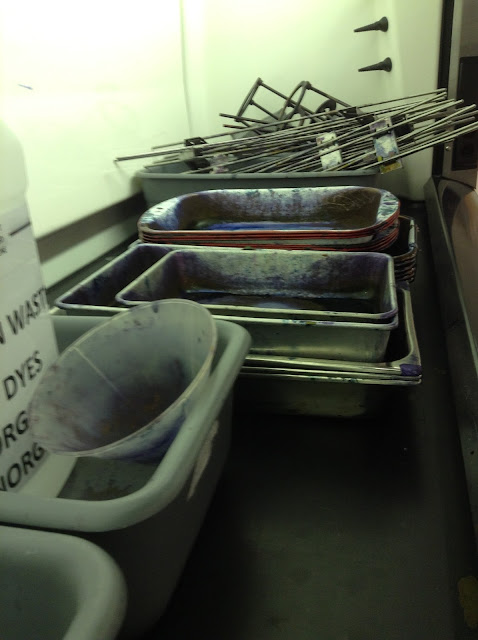The Honors Program at American River Program is doing an Honors Reads, in which the Honors students and faculty explore one book together. This semester's book is John Steinbeck's The Log from the Sea of Cortez.
The journey of John Steinbeck and Ed Ricketts in the Sea of Cortez makes a great interdisciplinary read. In this perspective from James Kingland in The Guardian:
Prof. Michael Sweet (Biology, ARC), who teaches marine biology, gave a talk on the science perspective about the Sea of CortezIf you think you might like your science mixed with beer, seafood and philosophy, read John Steinbeck's The Log from the Sea of Cortez, an account of a six-week collecting expedition in the Gulf of California with his friend, marine biologist Ed Ricketts (who should really be credited as the co-author) and a small crew.You might want to know not only about the taxonomy and ecology of the marine invertebrates they found in the intertidal zone, but also the sensory experience of collecting them from their natural environment. You might want to know about the personalities of the writers' fellow crew members, or even the temperament of the outboard motor that seemed to rouse itself only when there wasn't too far to go.
#AmericanRiverCollege Honors Reads 'Log from the Sea of Cortez' begins! Profs Kathy Rodgers & Michael Sweet @Cenwyc pic.twitter.com/I2lnGzZty3Michael described some of the marine life that Steinbeck and Ricketts would find on their journey in the Sea of Cortez.
— Ken Kubo (@kmkubo) September 20, 2013
More fun marine life shared by Michael:
The feared pistol shrimp
And the Cormorants trained to go fishing
Michael mentioned that he wants to infuse his Monterey Bay field trips with Steinbeck and Ricketts. He shared a photo from one of his marine biology field trips with his students.
Prof. Sweet @Cenwyc on student field trips and how they relate to 'Log from the Sea of Cortez' ARC #HonorsReads pic.twitter.com/hChNWID8eo
— Ken Kubo (@kmkubo) September 20, 2013
Source: Michael Sweet
Michael also plans to take his students on a tour of the Ricketts lab near the Monterey Bay Aquarium.
Source: Michael Sweet
An audio segment from NPR on Ed Ricketts and his biology lab:
Michael also engaged our group with a marine biology classification game to give us a feel for the field work thinking that Ricketts and his team would carry out. Which group does this specimen belong to?
Hands-on marine biology activity! 'Log from the Sea of Cortez' #AmericanRiverCollege #HonorsReads Prof. @Cenwyc pic.twitter.com/AurXAHTZWz
— Ken Kubo (@kmkubo) September 20, 2013
Michael discussed the results of our marine biology classification game. Some of our picks were correct; some were not.
#AmericanRiverCollege #HonorsReads Prof. Sweet @Cenwyc discusses w/ group: Why do basic science? 'Sea of Cortez' pic.twitter.com/apU0j4RlqH
— Ken Kubo (@kmkubo) September 20, 2013
The Honors Reads conversation continues in October with Prof. Christian Kiefer (English, ARC).
Updates:
Michael's talk sparked Joan Brenchley-Jackson (Biology, ARC) to share another expedition by the California Academy of Sciences to the Galapagos Islands in 1905-1906. The specimens collected from this journey are still valuable for evolutionary biology research today.


















































